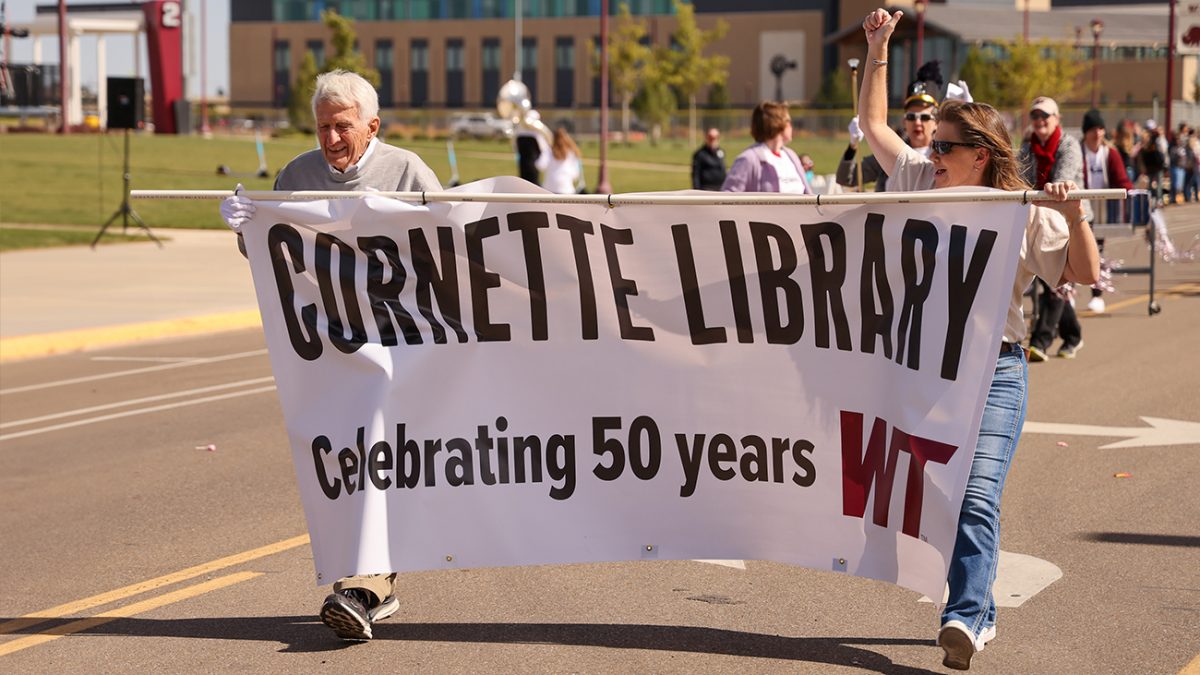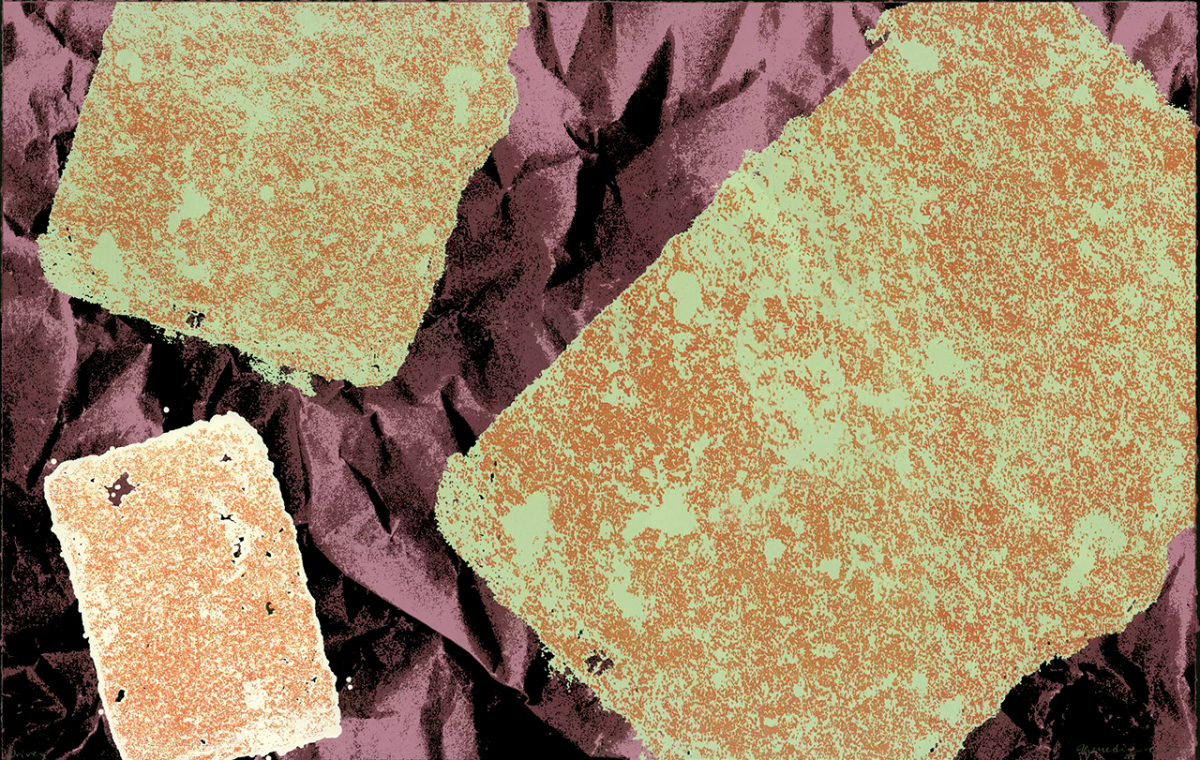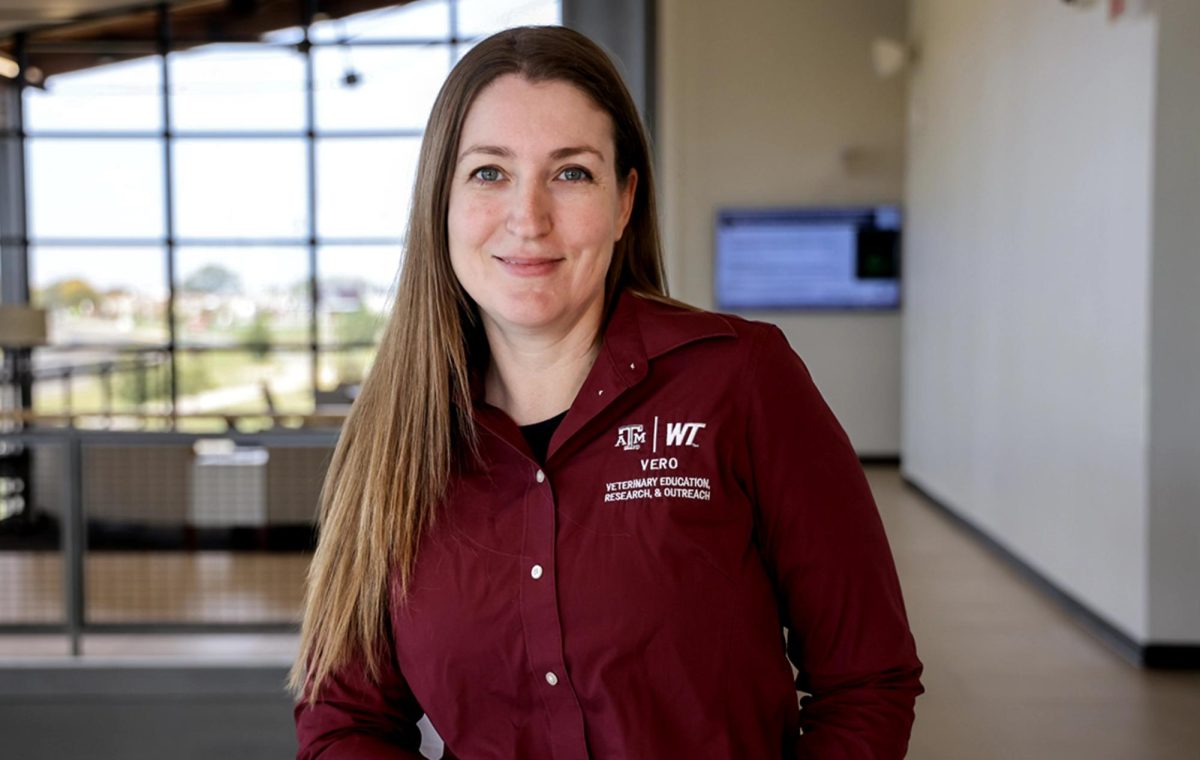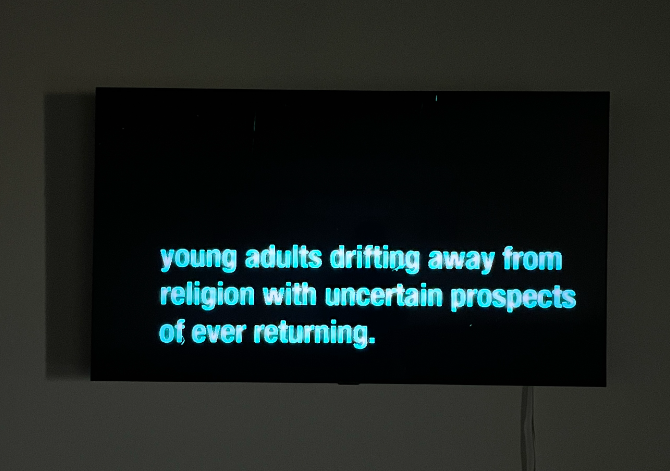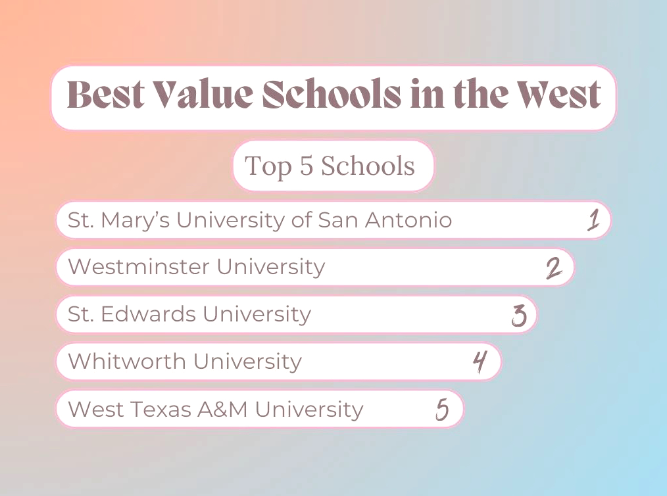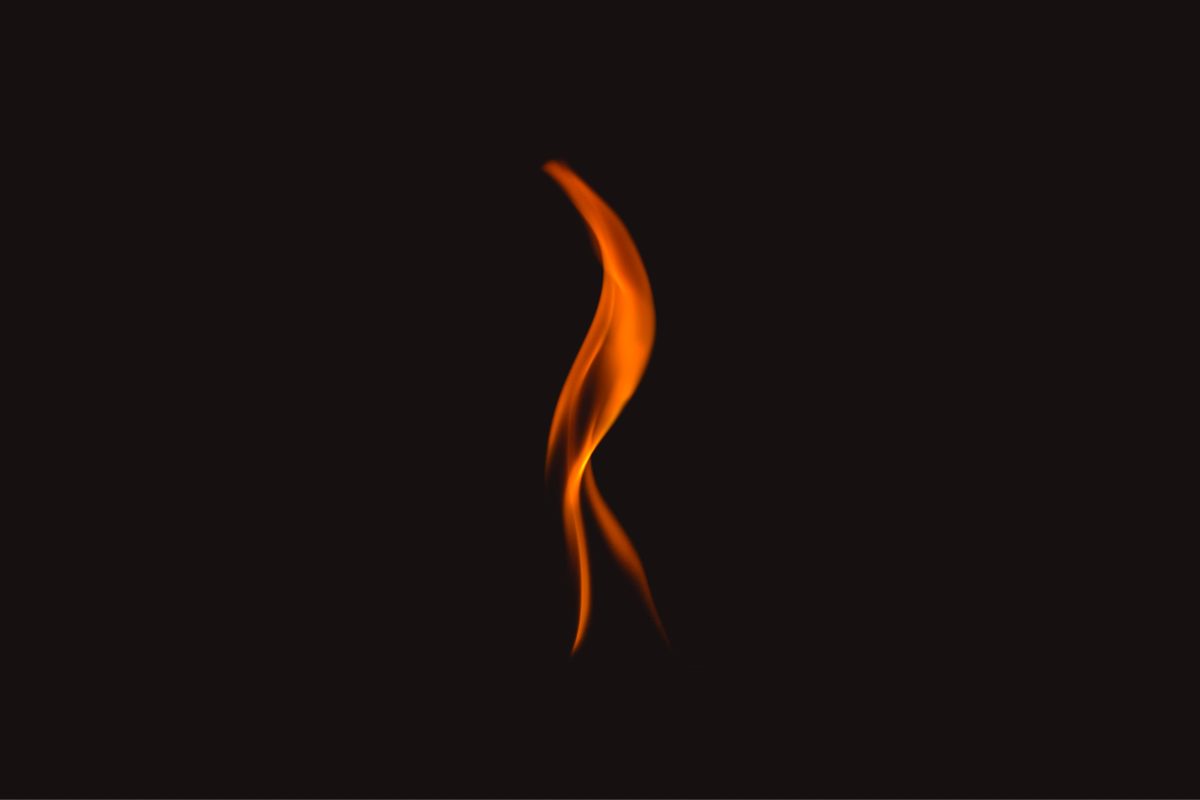Dr. Jim Cornette was a student at the college in Canyon two name changes, nine school presidents and nearly 70 years ago. The new library was located near the Panhandle-Plains Historical Museum, and Cornette’s father occupied the president’s office.
“I just went down the street to the University,” said Cornette, who was just a few months past his 17th birthday when he entered West Texas State College in 1952.
Much has changed in the 70 years since. West Texas State College later became West Texas A&M University, for the last 33 years part of the Texas A&M system. Jim Cornette is now an Iowa State University Mathematics Professor Emeritus.
As for that new library in the early 1950s, it’s long gone, having been replaced by the James and Mary Elizabeth Cornette Library, named for Cornette’s parents. It will celebrate its 50th year in early 2024.
“I was in Malaysia when the new library was named for them,” Cornette said. “They obviously were very proud to have their name on it. I am too. I think it’s great.”
Cornette left the Texas Panhandle for the University of Texas after graduating from WT in 1955. He makes occasional forays from his home in Ames, Iowa, to Amarillo and Canyon, especially since his wife Carolyn’s passing in 2016.
He has been in his hometown since Oct. 3 before leaving at the end of the month. Betsy, his daughter, lives in Amarillo.
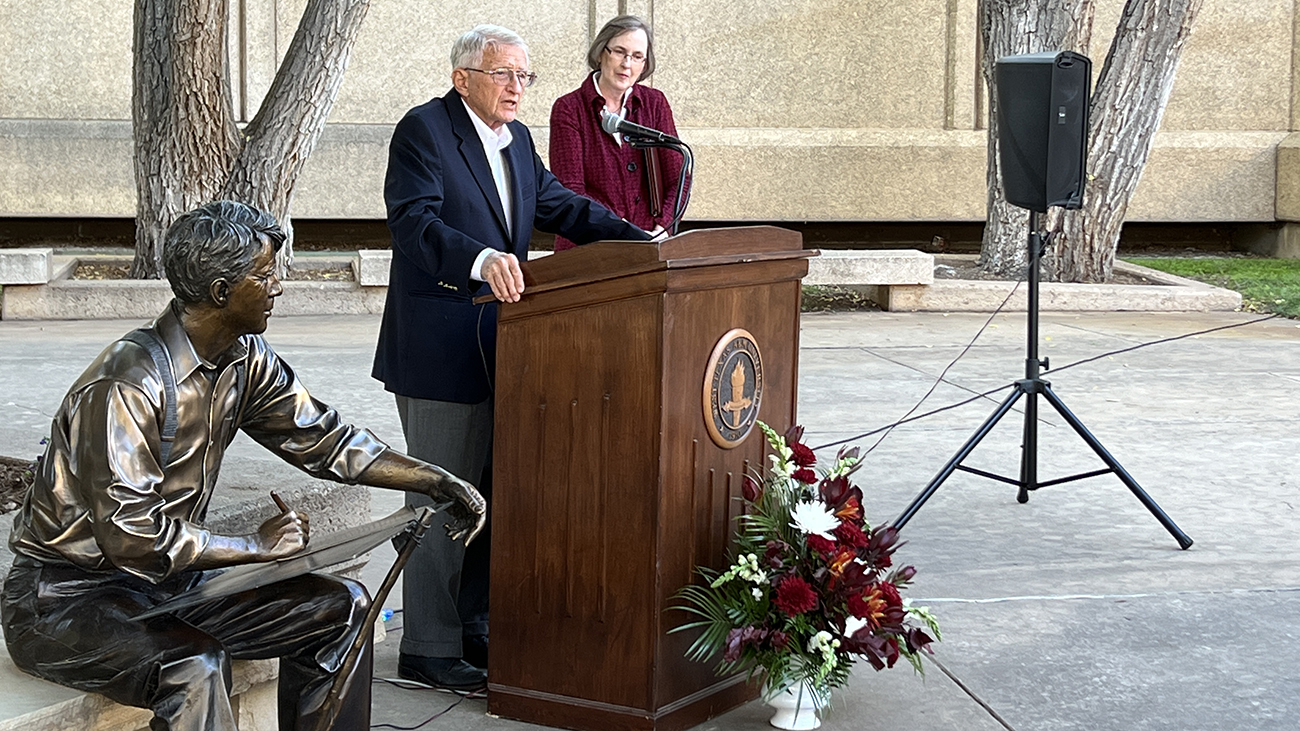
Cornette still says involved with the University where his father was president for 25 years. He volunteers with the Panhandle-Plains Historical Museum where he works on holotypes—a fossil specimen used to delineate the characteristics of other members of a certain species—nd is on the board of the library’s Texas Poets’ Corner.
A lifelong mathematician, and for 38 years a professor at Iowa State, Cornette is taking a page out of his father’s background. Dr. James Cornette earned a bachelor’s degree in French from Kentucky Wesleyan in 1929 and later a master’s degree in literature from the University of Virginia.
Initially a high school coach and English teacher, Cornette was an associate professor of English at Western Kentucky for 14 years. An academic dean at Baylor paved the way for his presidency at WT in 1948.
Cornette is WT’s second-longest-serving president, retiring in 1973 after 25 years at the position. The library, in construction at the end of his presidency, was named for him and his wife the following year.
Nearly 50 years later, when completely staffed, the Cornette Library has 27 full-time employees in the 88,900-square feet facility. There are more than 304,000 print book titles and nearly 15,000 print serial titles, primarily journals and newspapers.
In the online digital age, the library has more than 1.68 million digital/electronic book titles and 222,750 serial titles.
“I see the library as a very central entity for any university,” said Dr. Emily Kinsky, WT’s Dr. Jenny Lind Porter Professor of Communication. “Without it, we could not do what we do. It is absolutely essential for graduate students.
“The role of the library has changed, but the foundational purpose of being a valued resource has not changed. The method of getting those resources can be different. Less frequently do I go to the building and pull out physical copies because most information is in a database which, depending on the hour and weather, is wonderful.”
Texas Poets’ Corner adds to library’s heritage
Looking at the WT campus from Fourth Avenue to the north, the Cornette Library would be about where the heart would be in a human. There’s some symbolism to that.
“We are the heart of the university,” said Shawna Kennedy-Witthar, director of information and library resources and employed at the library since 1993. “Not only do we meet the needs of research of faculty, but students come to study and sometimes just congregate in groups.
“All libraries, and in particular academic libraries, are to find information and not tell anyone what to think or believe. You can come and do your own research and find your own truth.”
“It’s a hub,” said Sidnye Johnson, special collections and university archives librarian.
The Texas Poets’ Corner adds to the flavor of the library. The TPC is the vehicle of the Dr. Jenny Lind Porter collection, which is on the second floor of the Cornette Library.
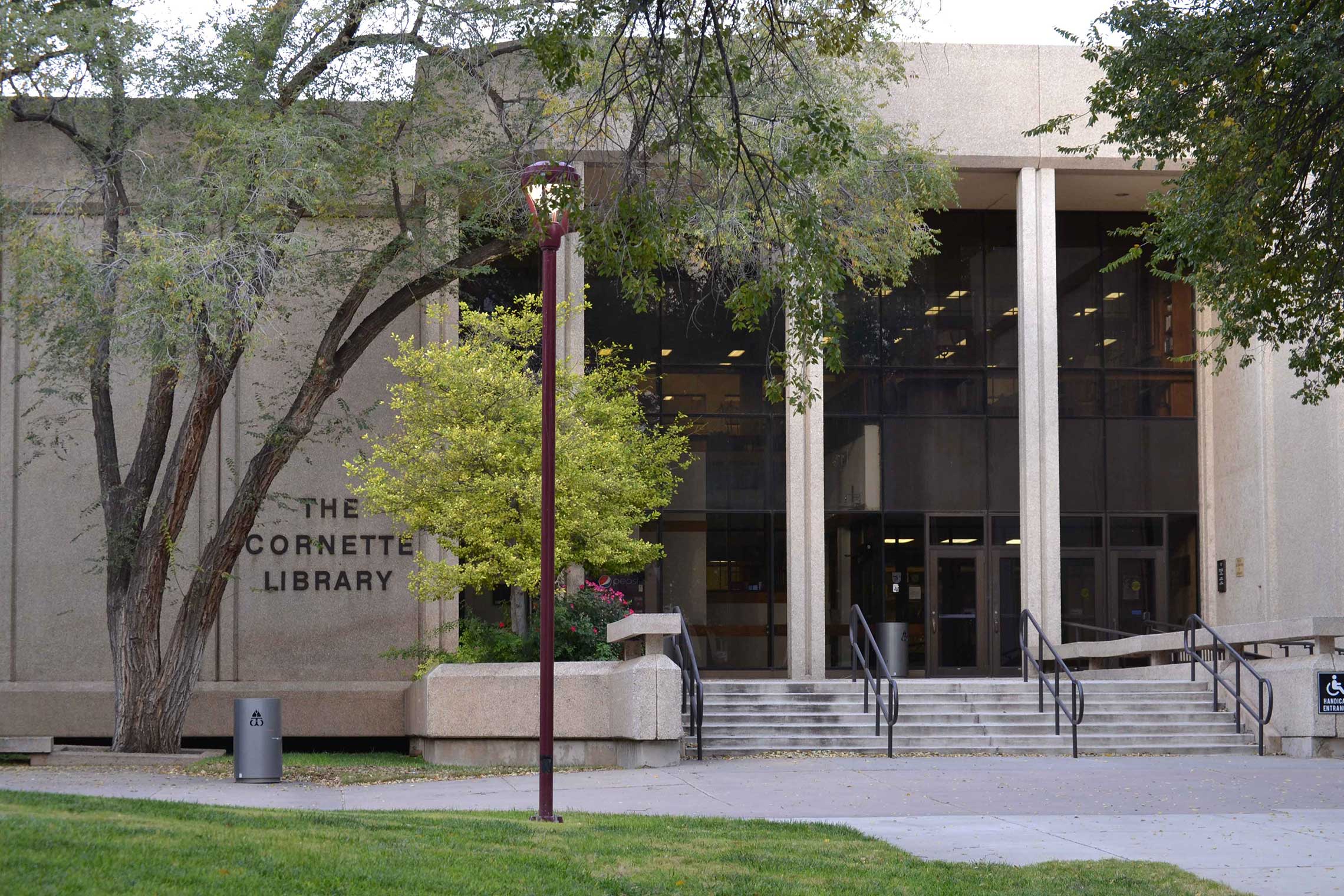
Porter was the 1964-65 Poet Laureate in Texas and a member of the Texas Woman’s Hall of Fame. She had a rich career both as a published poet and writer as well as an academic professor. She had two doctorates, one in English and another in French and Italian.
Her second teaching position was as an associate English professor at WT from 1959-61. Then single, she moved to Canyon with her mother after her father died. While at WT, her mother also died.
“The Cornettes took her under their wing,” Kennedy-Witthar said. “She was very fond of the Cornettes, and that played a part in getting the collection.”
The collection includes 1,800 rare books, manuscripts, furniture, and art work. Among the rare books are first editions of Nathaniel Hawthorne’s “The Scarlet Letter” and “House of Seven Gables,” a first edition of Emily Dickinson’s “Poems, Second Series,” and O. Henry’s original handwritten manuscript of his short story, “A Fog in Santone.” Henry was a distant kin of Porter.
The Jenny Lind Porter Scott estate gift has helped fund initiatives that include three endowed professorships to Dr. Patricia Tyrer in English, Dr. Marty Kuhlman in History, and to Kinsky in Communications.
Last October, a statue of poet Robert Frost, one of President Cornette’s favorite poets, was dedicated in the Poets’ Garden of the library. The statue was the idea of Jim and his late wife Carolyn. His donation was one of several that included the Texas Poets’ Corner and the Jenny Lind Porter estate.
The Texas Poets’ Corner hosts events each semester – a poetry reading in the fall, and another one in the spring which also includes awards to students in poetry writing and historical essays. Last year, approximately 100 entered the contest.
Jim Cornette is on the seven-person Texas Poets’ Corner board, he said, because he was asked to join. When Jenny Lind Porter was teaching at WT more than 60 years ago and was a favorite of the school president, his youngest son was working on his doctorate in mathematics at Texas.
Soon after, he began teaching at Iowa State. “Math professor” doesn’t quite describe his work. Much of his research was toward math-related biology and genetics. He introduced bioinformatics to ISU in 1997.
Paleontology was another pursuit. Upon retirement at Iowa State, he earned a master’s in paleontology at the University of Kansas in 2000. For 15 years, he volunteered at the Denver Museum of Nature and Science where he prepared fossils and helped curators on searches for prehistoric findings.
Libraries and museums, numbers and literature, collections and fossils. For a son and his legendary father, it all seems to fit.



